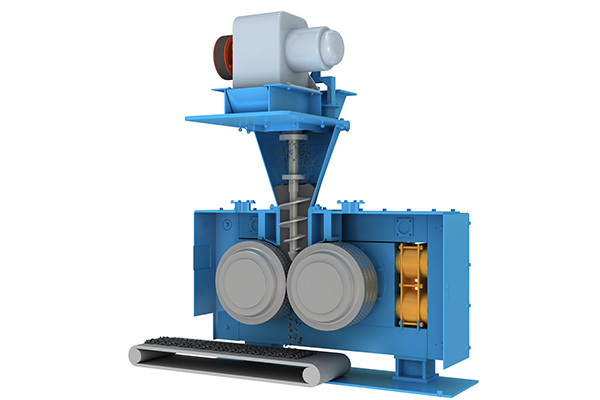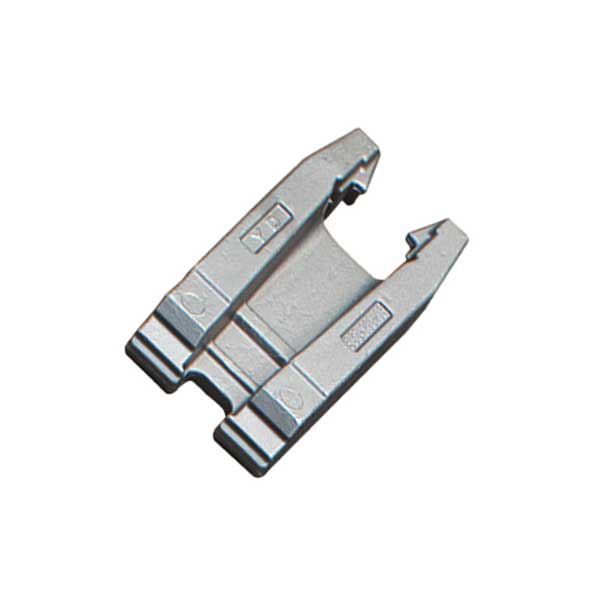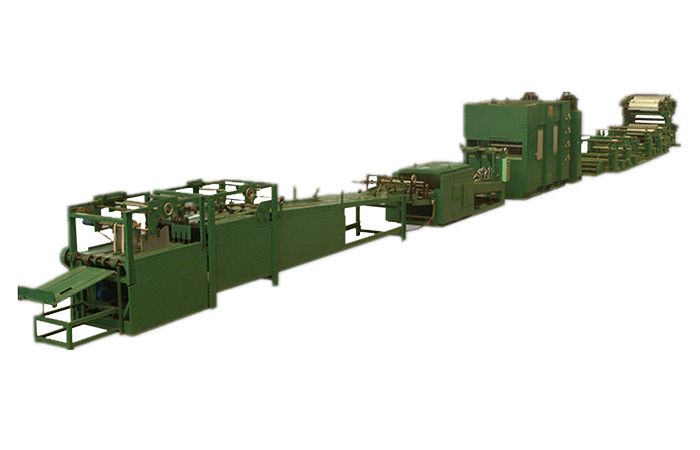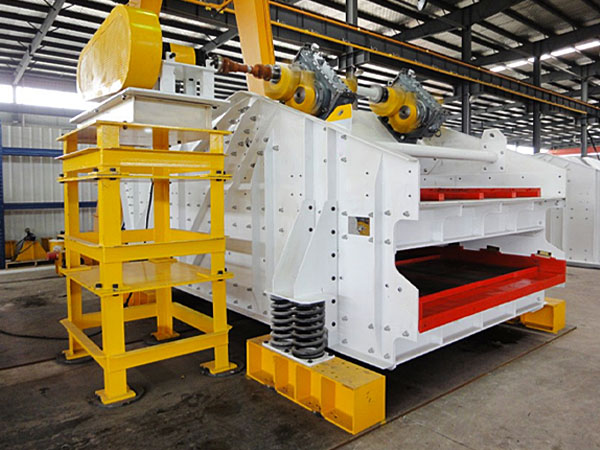The metal briquette machine is a device that presses metal scraps such as copper scraps/iron scraps/aluminum scraps with adhesives into balls. In response to environmental protection policies, the good initial strength of the ball shape is conducive to furnace reuse. The metal briquetting machine plays an important role in the forming process, and the pressing roller is the core part of the equipment. The diameters of the two pressure rollers are the same, the axes are parallel to each other, and there is a certain gap. There are hemispherical dimples arranged regularly, of the same size and in a uniform shape on the roller sleeve. When the motor starts running, the pair of rollers start turning at the same speed but in opposite directions. When the material passes through the joint of the pair of pressure rollers, it is under pressure and its volume is compressed and becomes smaller.

This ball briquetting machine presses various metallurgical industry waste such as copper filings, iron filings, and aluminum filings into balls to avoid oxidation, reduce packaging costs, improve product transportation capacity, and achieve the purpose of waste utilization and pollution reduction. The double output shaft reducer structure is adopted to improve the precision of the roller; the roller surface of the pressure roller is made of high-quality bearing steel, and the surface hardness can reach above HRC58; The process is processed to ensure its hardness and strength; the pre-pressing machine adopts a speed-regulating motor, and all wear parts are surfacing with wear-resistant alloys to improve service performance and life; the hydraulic standing is placed, it can be automatically started and stopped, and the balance pressure can be automatically controlled.
For more details, click to visit:https://www.zymining.com/briquetting-machine/metal-briquette-machine









